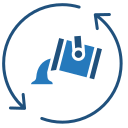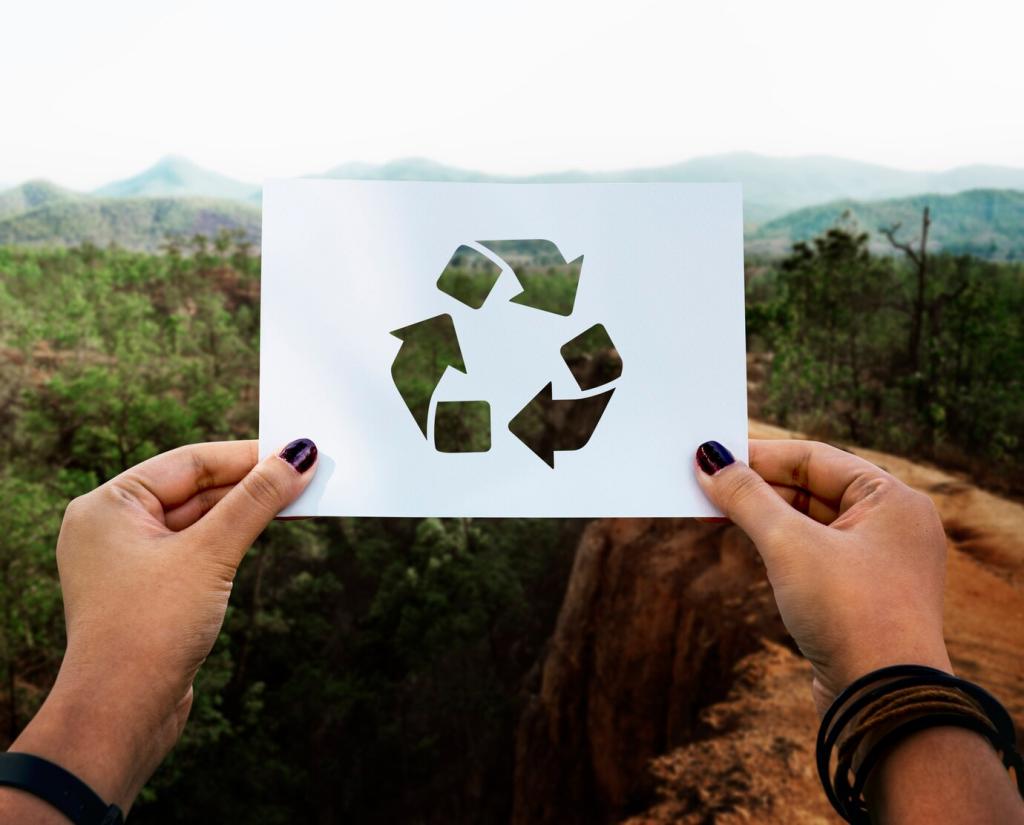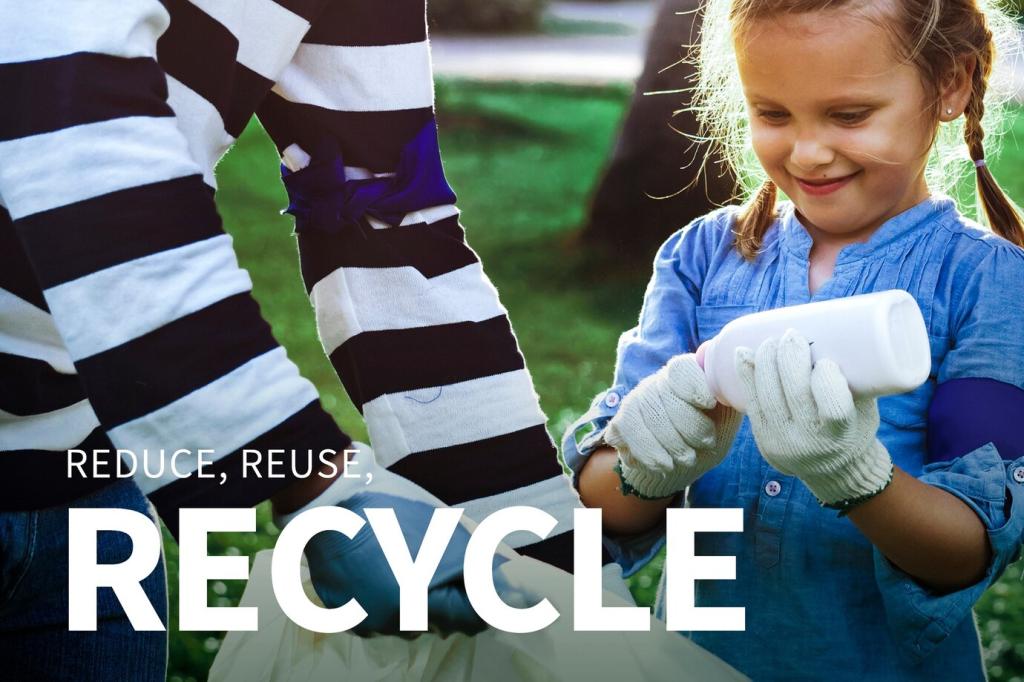Stories from the Floor: People Powering the Loop
When a pilot line kept jamming on riveted jeans, Asha redesigned the feed ramp with a flexible throat and sensor logic. Downtime dropped by half. Know a quiet fixer like Asha? Nominate them for our spotlight series and thank them publicly.
Stories from the Floor: People Powering the Loop
In a coastal town, retirees and students sort worn uniforms, clip trims, and bale fibers for a nearby spinner. Pride shows in every neatly stacked pallet. Would your community host a sorting day? Tell us what support you’d need to begin.
Stories from the Floor: People Powering the Loop
Milo tweaked an enzyme binding site in a borrowed lab after class and boosted cotton pulp yield three percent on blends. Small shift, big ripple. Want us to share Milo’s lab notebook template? Subscribe and we’ll send the editable version.





